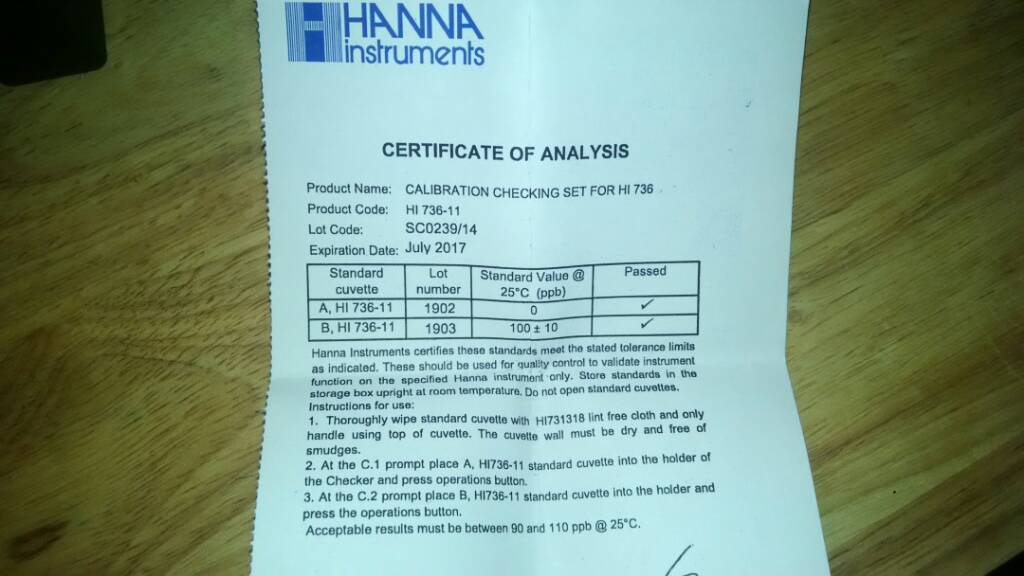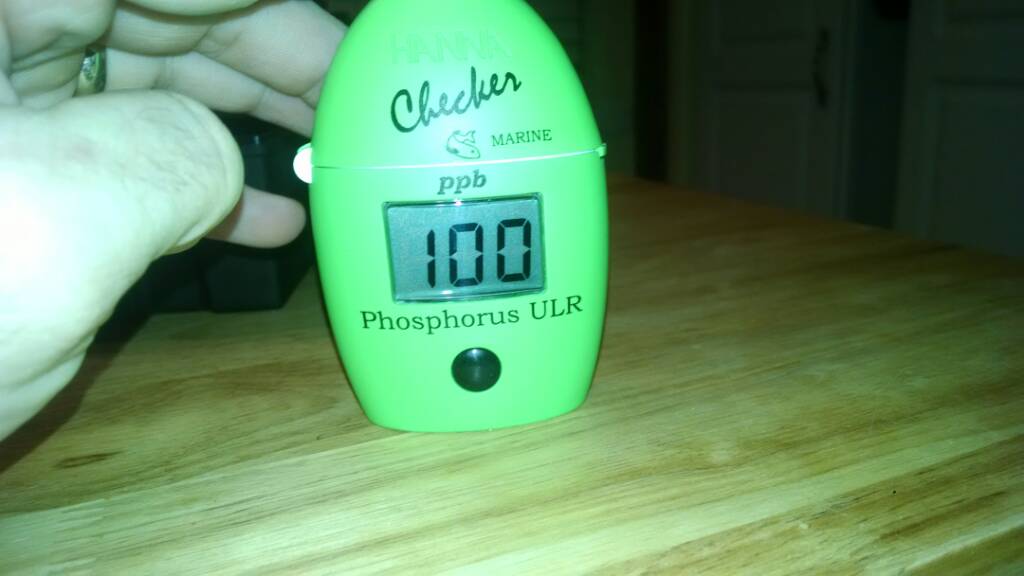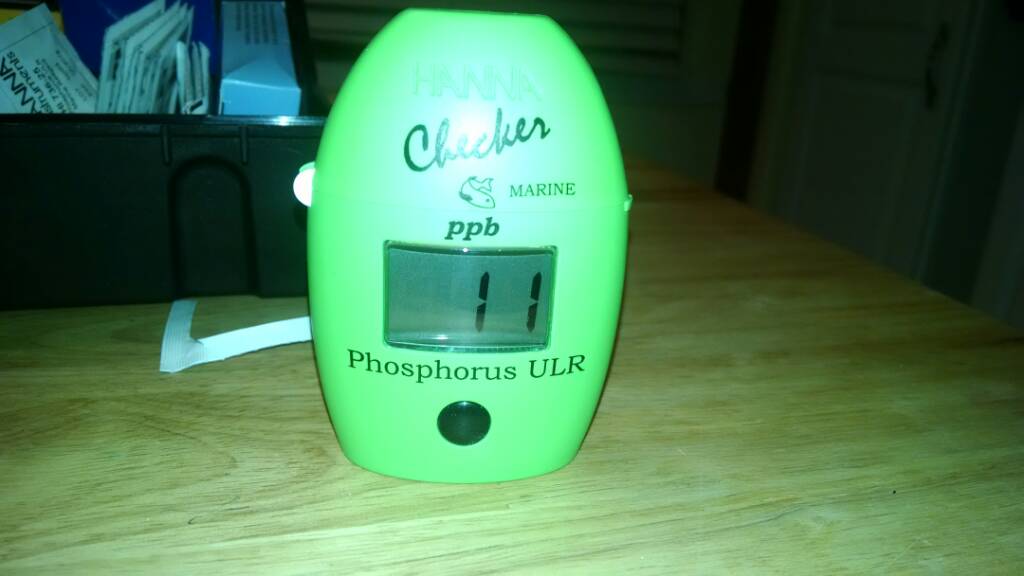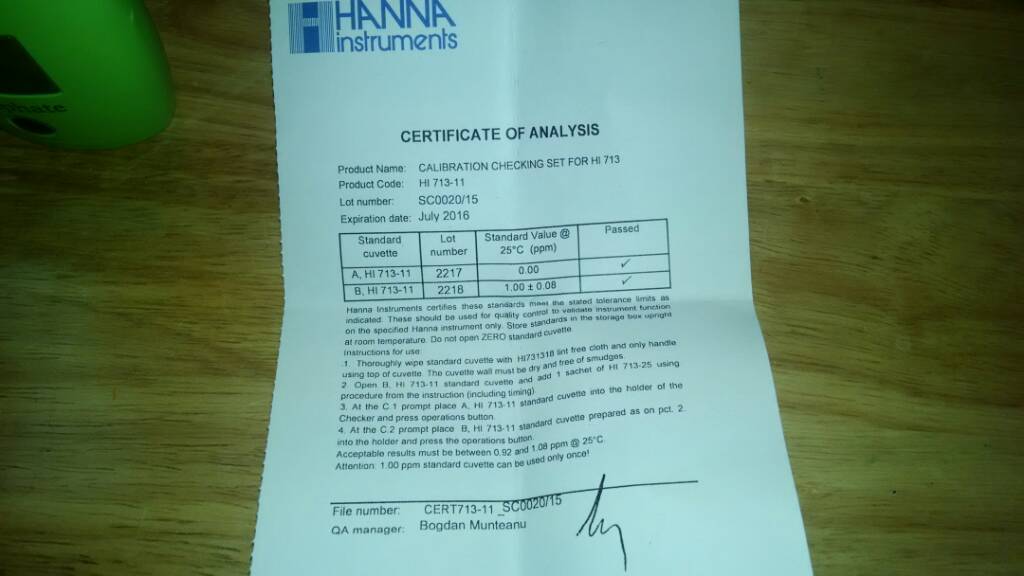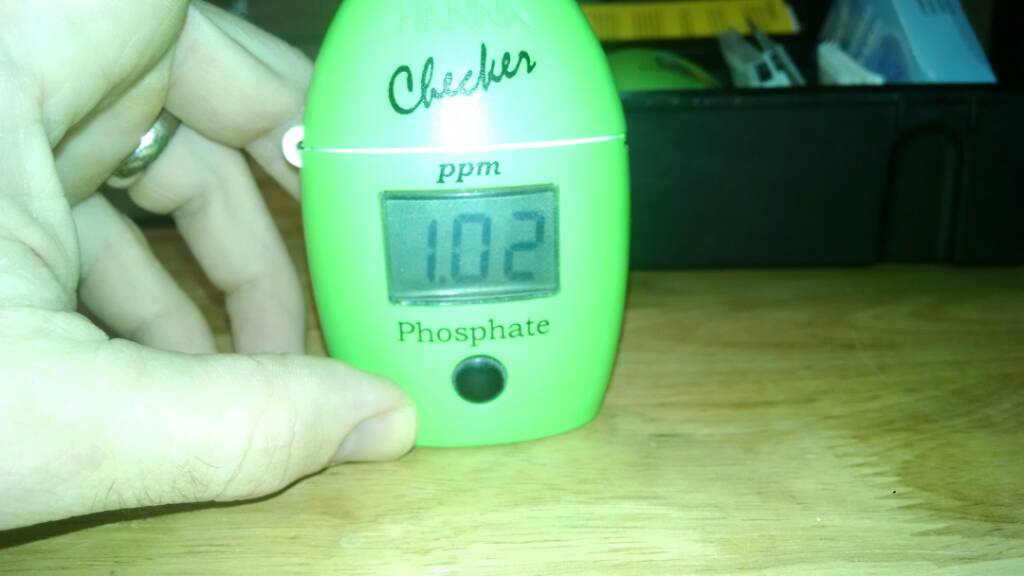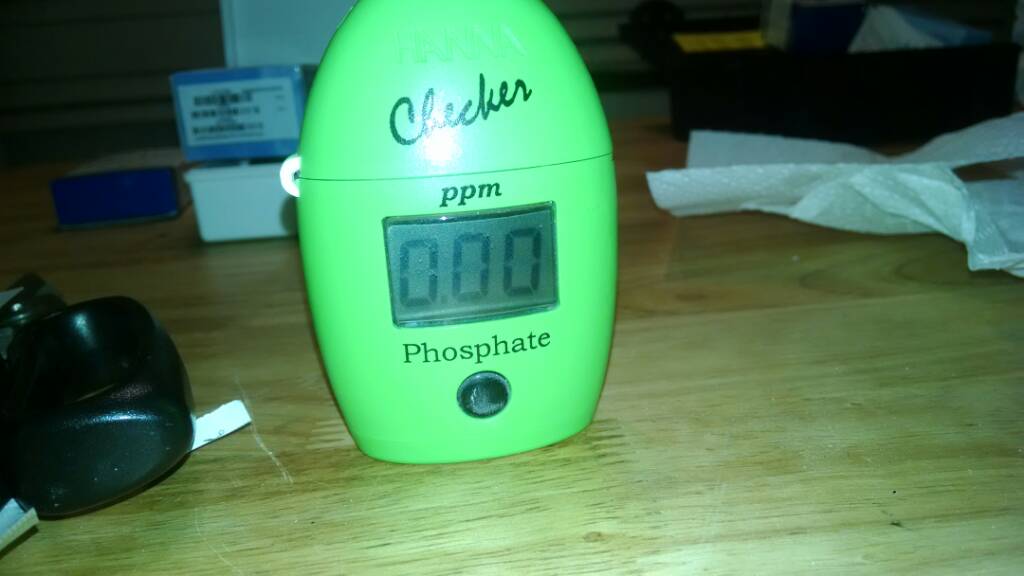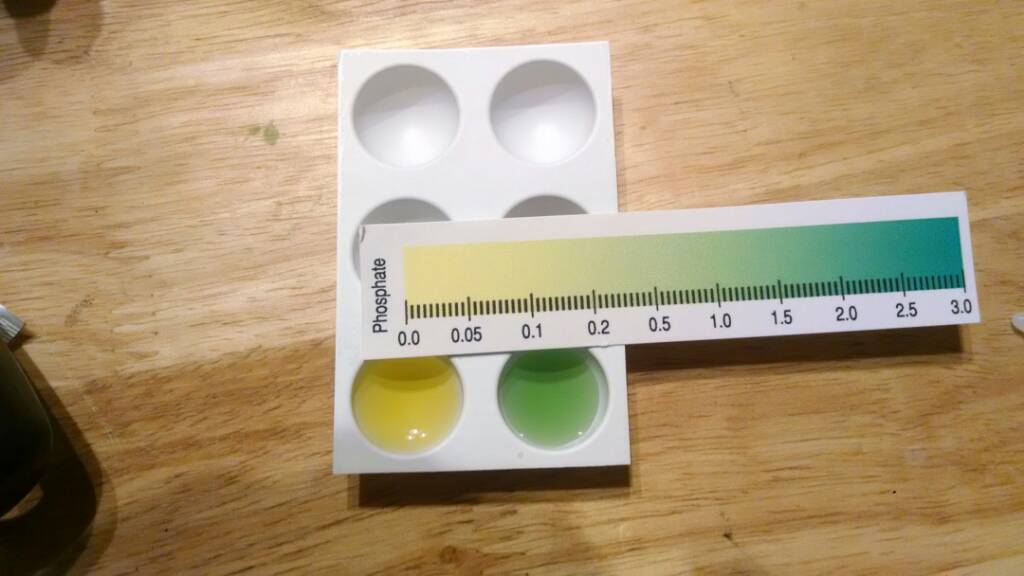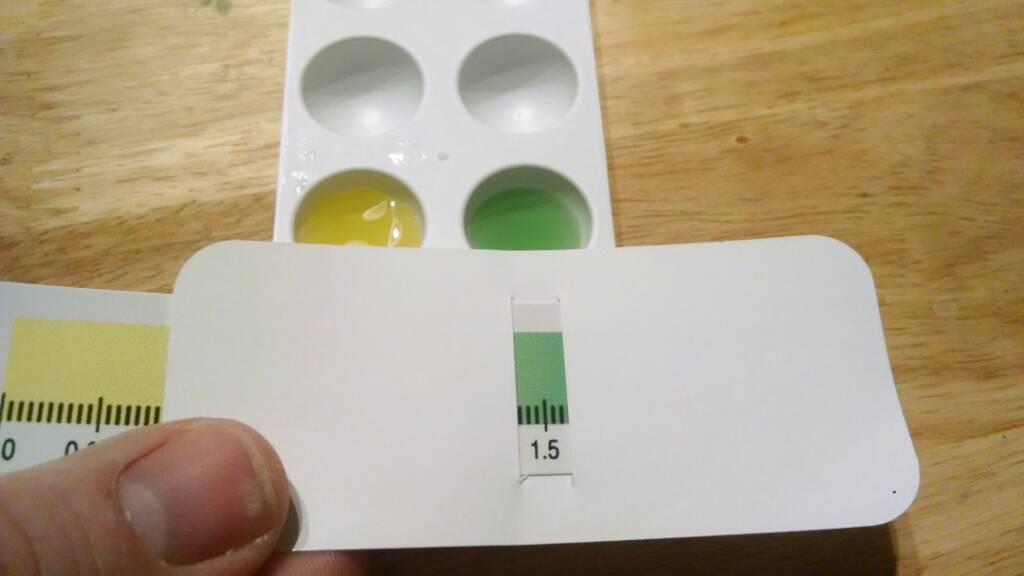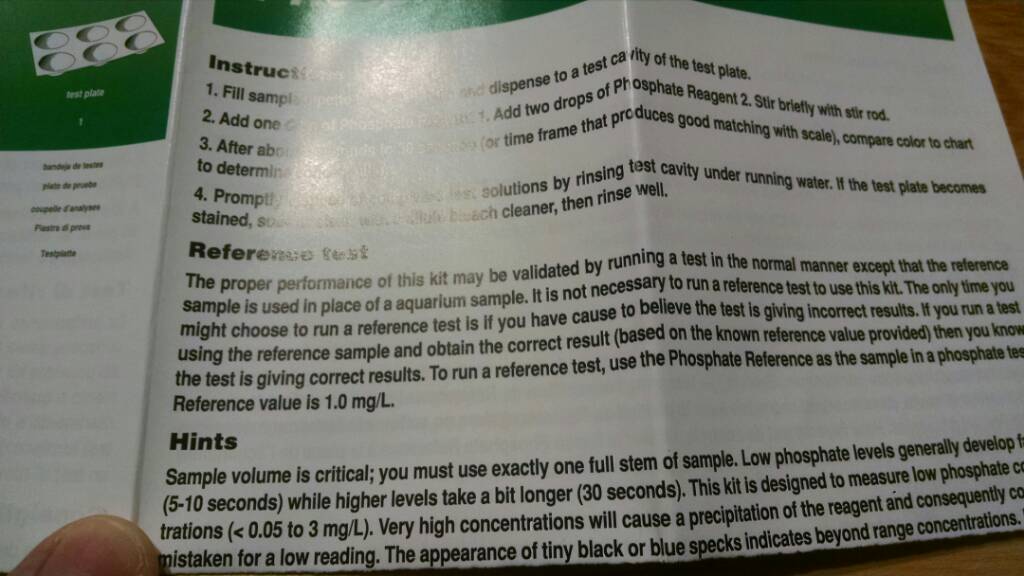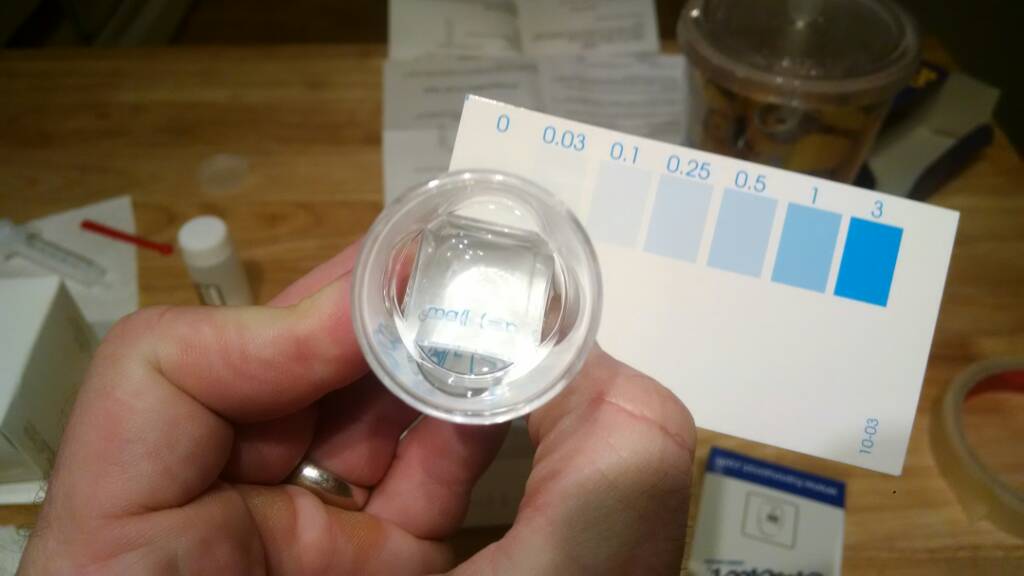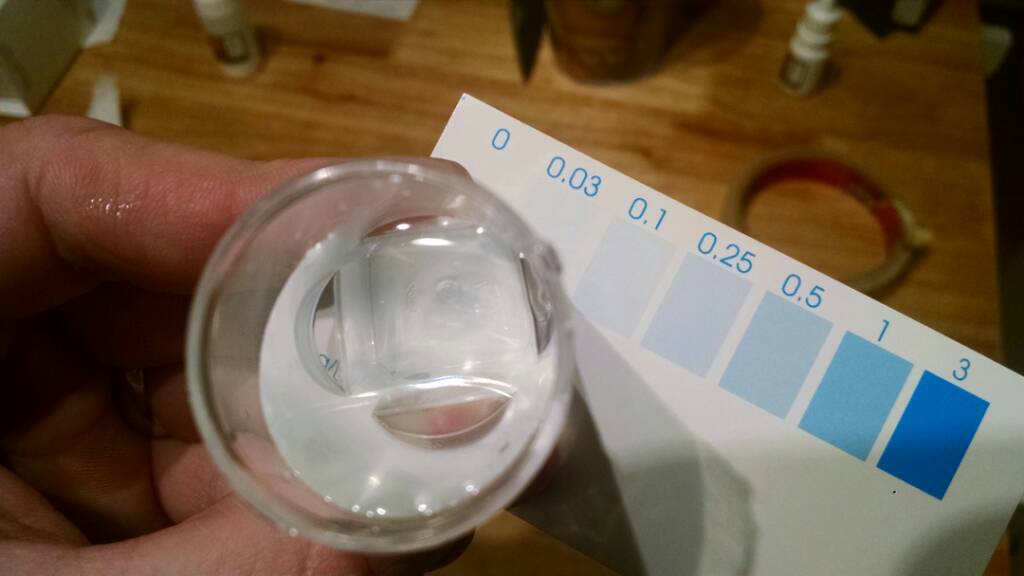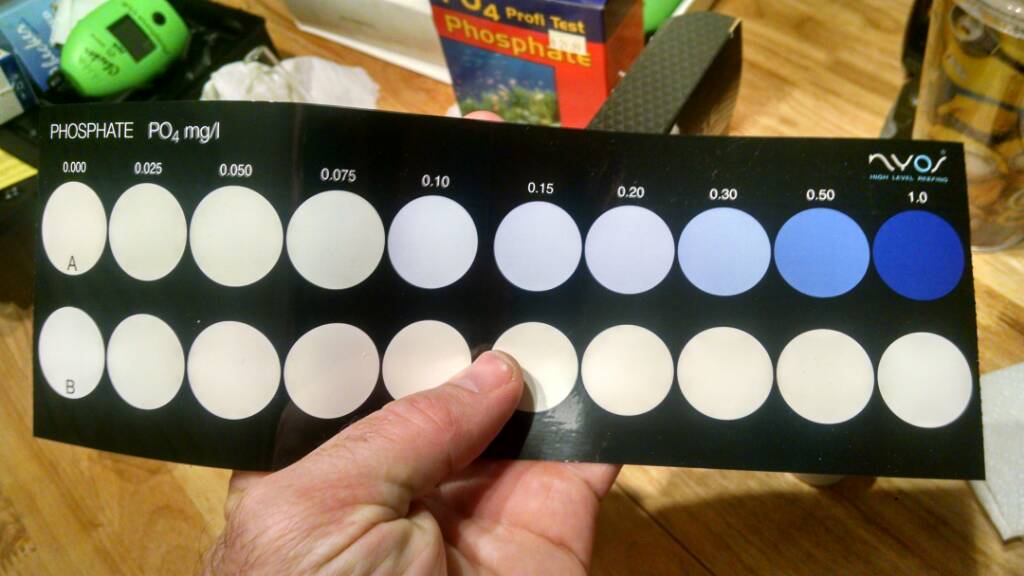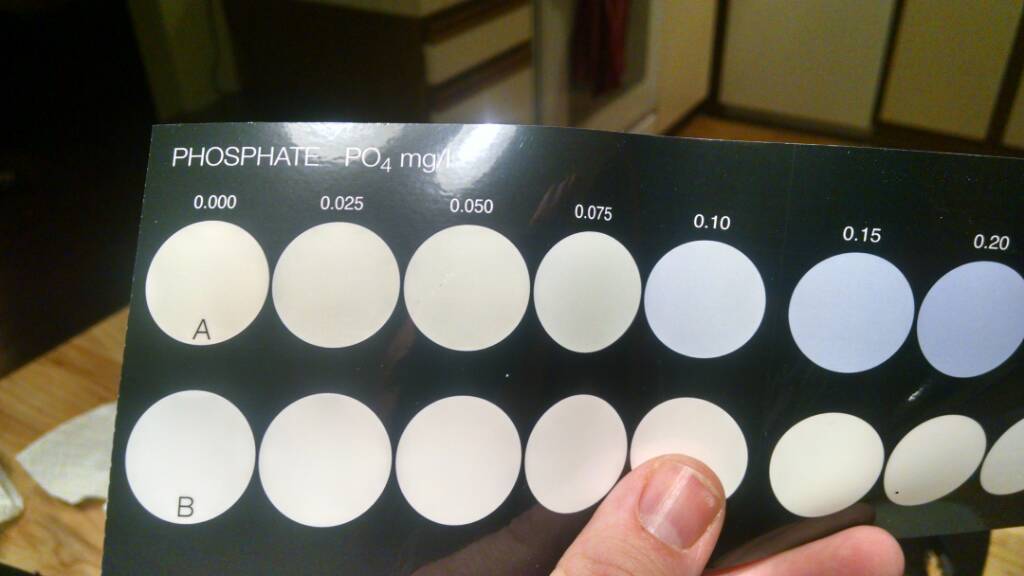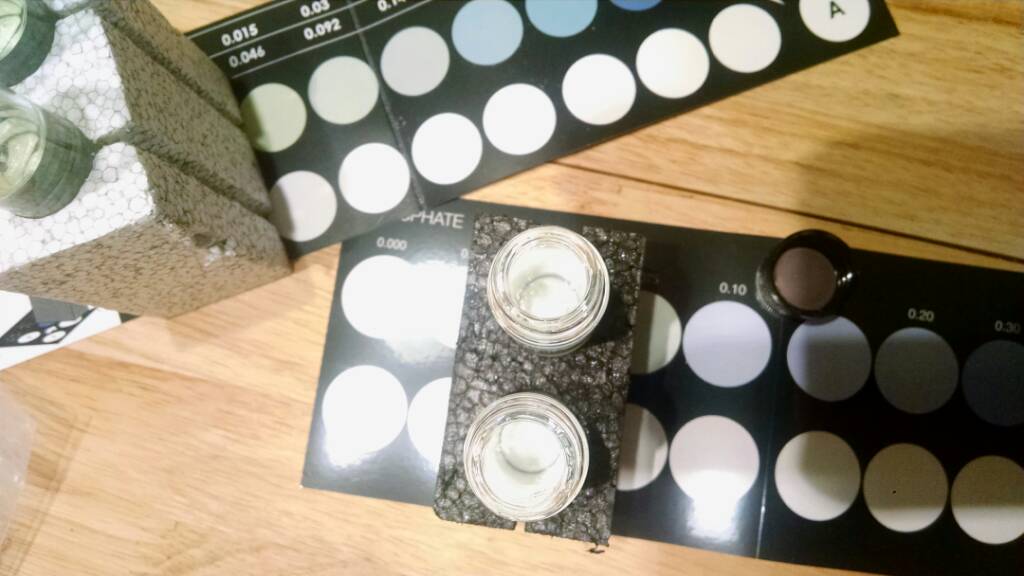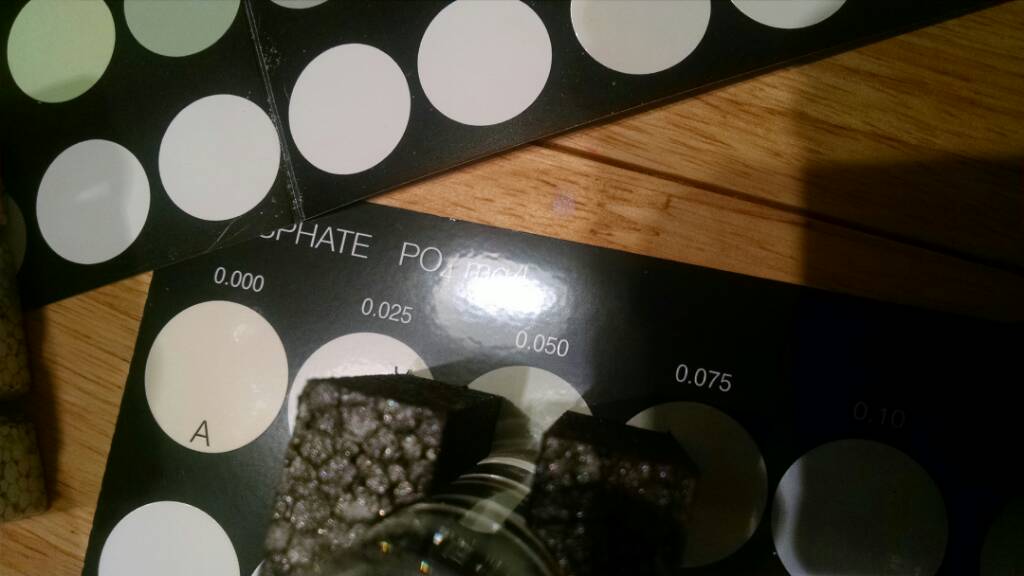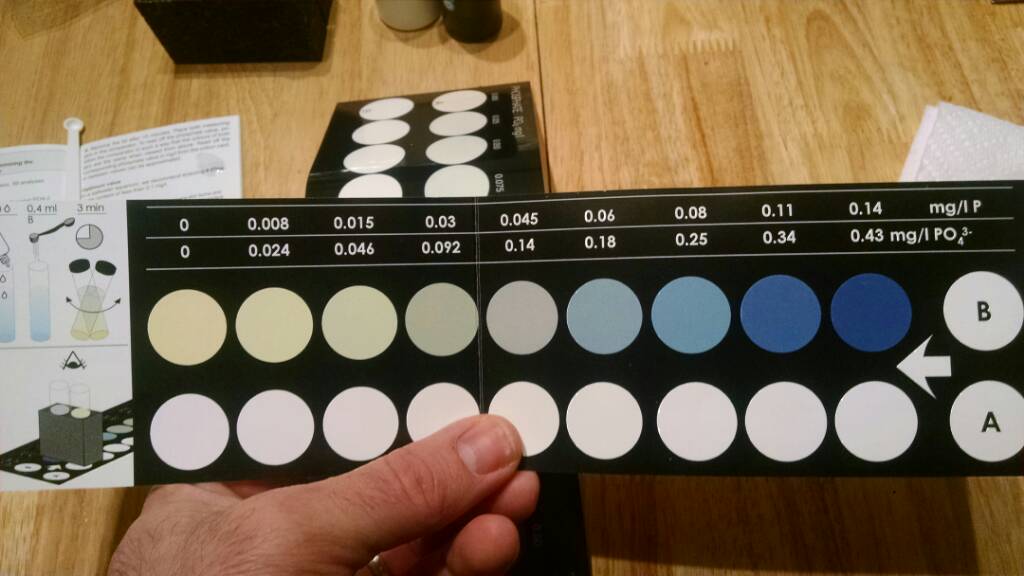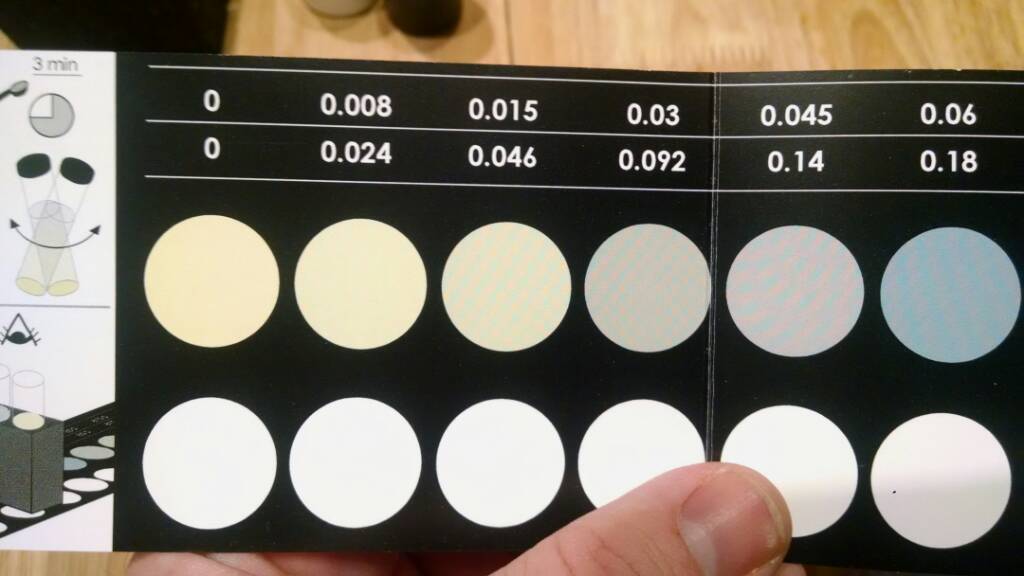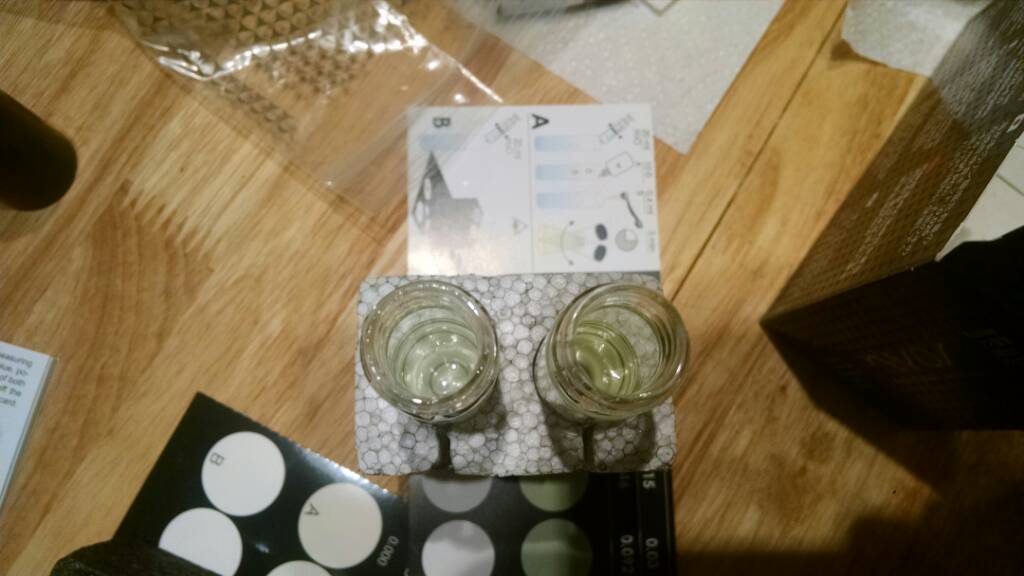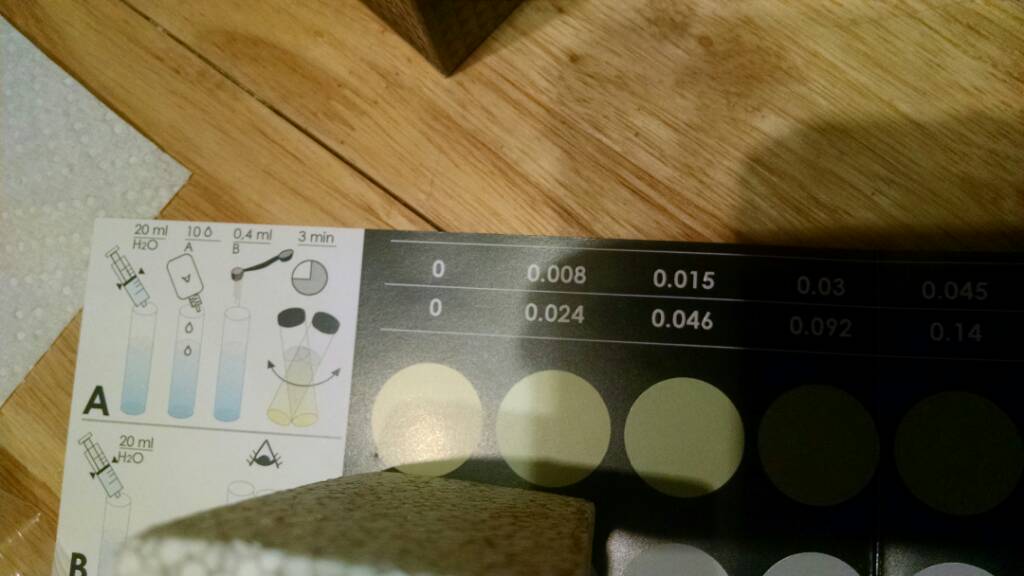- Joined
- Jul 28, 2015
- Messages
- 4,668
- Reaction score
- 3,191
Here we go again. Testing out several different brands of Phosphate test kits. This is a continuation of several other testing sprees I've been doing recently. Currently my go to kit for phosphates is my Hanna ULR Phosphorus checker. Going into this shoot out I didn't foresee that changing. BUT I was also not expecting to get swayed away from using API for nitrates. After the nitrate kit shoot out I am looking at going with Salifert for it's very quick and easy testing procedures and ability to easily see that the results are below 5. So, keeping an open mind here.
The Nitrate Kit shoot out:
https://www.reef2reef.com/threads/nitrate-test-kit-shoot-out-nyos-salifert-redsea-api.221323/
Testing my own testing abilities vs. Triton
https://www.reef2reef.com/threads/hobbyist-vs-triton-testing.221320/
For this phosphate kit round I've got Nyos, Salifert, Elos Pro, Seachem, Hanna 713 Low Range ppm Phosphate Checker, and Hanna 736 ULR ppb Phosphorus Checker.
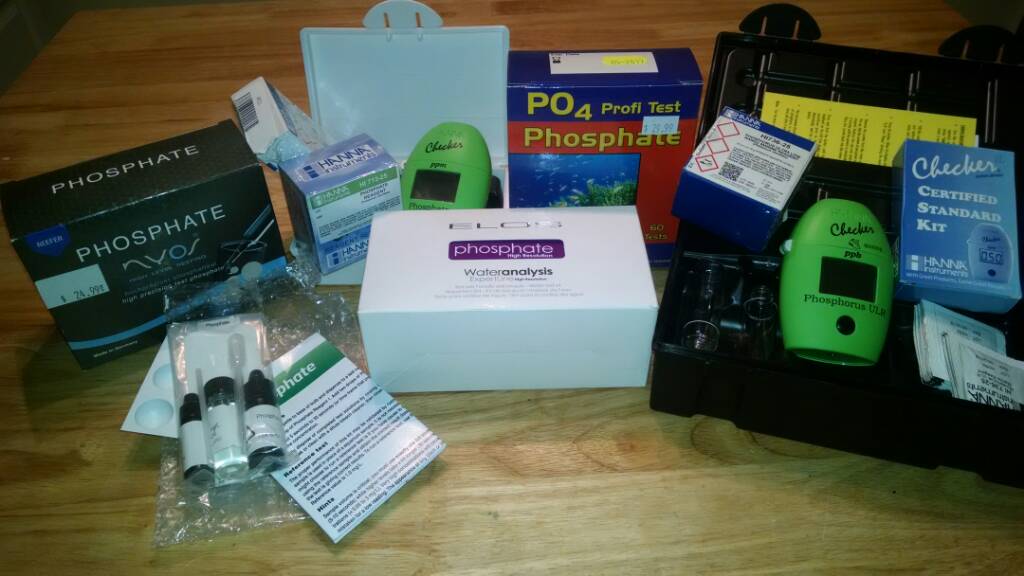
I've found my phosphates in my system swing a lot between .02 to .09 at any one time most likely coordinating with my very heavy feeding routine. Pellets automatically dropped in 4x per day, at least 2-3 feedings of something meaty per day, and at least one sheet of algae per day. My target that I find works for me and everything is happy is between .04 and .08. My Duncan and Fiji Yellow Leather hates it when phosphates get to low, to high, or drops. They are a good indicator of any one of those events.
So, to make sure I get a sampling of the same water to be tested by all the kits and don't get caught in a swing in the middle of testing between the kits I called upon my minions to assist. I rinsed out the cup with my tank water several times and just scooped it out using this for all kits.
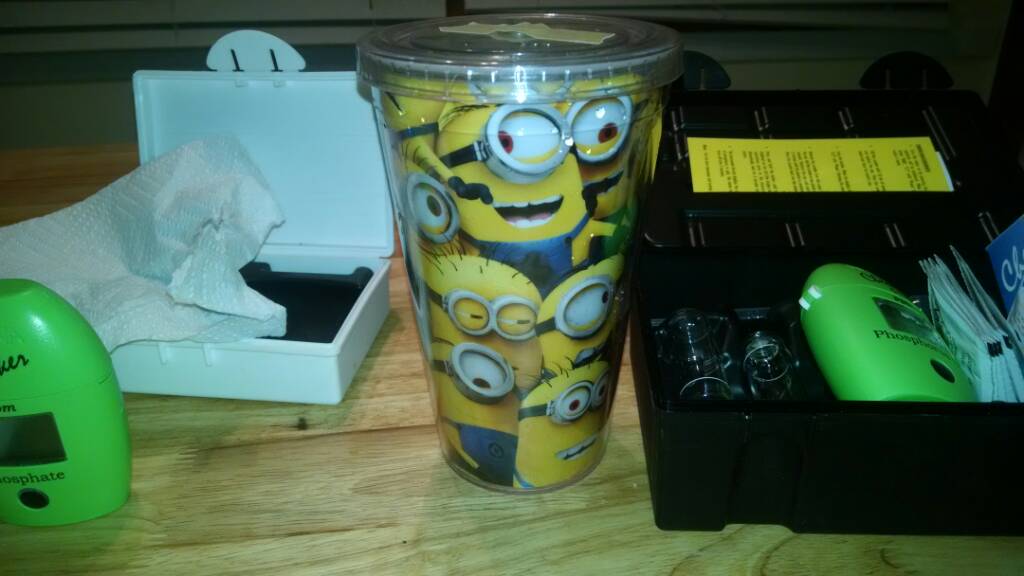
I plan on doing one more all out brawl between most all my kits and probes vs. Triton and Aquamedic AWT in a few days which will be a new thread.
And now for my typical blurb that can be skipped and go on to the next post for the testing results, comparisons, and review.
I've always been a fan of API when I can use them as they are cheap, consistent for me, and accurate enough for me. I don't try or want to try to run a ULNS system. I aim to be in a range for pretty much all parameters based on what Randy Holms-Farley lists over in this great article
http://www.reefkeeping.com/issues/2004-05/rhf/index.php
I find the key to getting consistent results is making sure I do all the tests ( from prep, execution, reading, and clean up) is done as exactly the same as possible every time along with making sure the reagents are not close to expiring.
The Nitrate Kit shoot out:
https://www.reef2reef.com/threads/nitrate-test-kit-shoot-out-nyos-salifert-redsea-api.221323/
Testing my own testing abilities vs. Triton
https://www.reef2reef.com/threads/hobbyist-vs-triton-testing.221320/
For this phosphate kit round I've got Nyos, Salifert, Elos Pro, Seachem, Hanna 713 Low Range ppm Phosphate Checker, and Hanna 736 ULR ppb Phosphorus Checker.

I've found my phosphates in my system swing a lot between .02 to .09 at any one time most likely coordinating with my very heavy feeding routine. Pellets automatically dropped in 4x per day, at least 2-3 feedings of something meaty per day, and at least one sheet of algae per day. My target that I find works for me and everything is happy is between .04 and .08. My Duncan and Fiji Yellow Leather hates it when phosphates get to low, to high, or drops. They are a good indicator of any one of those events.
So, to make sure I get a sampling of the same water to be tested by all the kits and don't get caught in a swing in the middle of testing between the kits I called upon my minions to assist. I rinsed out the cup with my tank water several times and just scooped it out using this for all kits.

I plan on doing one more all out brawl between most all my kits and probes vs. Triton and Aquamedic AWT in a few days which will be a new thread.
And now for my typical blurb that can be skipped and go on to the next post for the testing results, comparisons, and review.
I've always been a fan of API when I can use them as they are cheap, consistent for me, and accurate enough for me. I don't try or want to try to run a ULNS system. I aim to be in a range for pretty much all parameters based on what Randy Holms-Farley lists over in this great article
http://www.reefkeeping.com/issues/2004-05/rhf/index.php
I find the key to getting consistent results is making sure I do all the tests ( from prep, execution, reading, and clean up) is done as exactly the same as possible every time along with making sure the reagents are not close to expiring.





